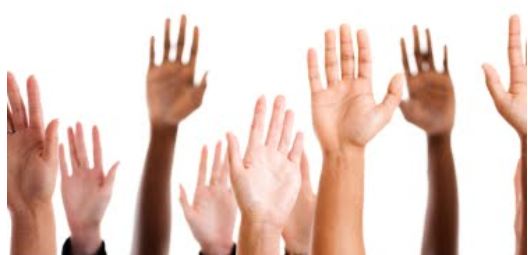September 15th is the International Day of Democracy.
A good day to check out how democracy plays out in your own family, community, and school.
When I was a child, I attended a “Democracy in Action” elementary school. In every class from kindergarten to sixth grade we voted – every day. We voted on which subject we would study first of the day. We voted on who would clean the erasers and water the plants. We voted on class presidents and on what kind of decorations we would make for the annual valentine party. Sounds silly, but it wasn’t.
By the time I was twelve, my classmates and I had a pretty good idea how democracy worked. For one thing, the majority always won. For another, the kid with the most sticks of gum and the easiest to remember name had the best chance of becoming class president.
“A democracy is more than a system of government.” John Dewey wrote in Democracy and Education. “It is primarily a mode of associated living, of conjoint communicated experience. The extension in space of a number of individuals who participate in an interest so that each has to refer to his own action to that of others, and to consider the action of others to give point and direction to his own, is equivalent to the breaking down of those barriers of class, race, and national territory which kept men from perceiving the full import of their activity.” p. 101
Democracy, therefore, is based on shared interests and the willingness to work with others to accomplish them. It is more than asking for someone’s opinion.
If you are a teacher, consider instituting the following practices to create a more democratic classroom.
- Hold daily class meetings in which every student has equal opportunity to express their ideas.
- Incorporate voting into activities such as selecting classroom jobs, planning for events, etc.
- Treat all points of view with respect.
- Provide opportunities for the students to take on leadership roles.
- Solve problems together as a group.
If you’re a parent, set up a time when everyone in the family can come together to talk, share opinions, perhaps even vote on a family activity.
In your community, check to see that local government is functioning democratically. Attend town board meetings, campaign for candidates who represent your views, and VOTE.
Read more:
Children’s Imaginative Communities – Microcosms of Democracy
The Elementary Classroom: A Key Dimension of a Child’s Democratic World
Institute for Democratic Education
Practicing Democracy in the NCLB Classroom




Hey I know this is off topic but I was wondering if you knew
of any widgets I could add to my blog that automatically tweet my newest
twitter updates. I’ve been looking for a plug-in like this for quite some time
and was hoping maybe you would have some experience with something like
this. Please let me know if you run into anything.
I truly enjoy reading your blog and I look forward to your new
updates.
WordPress has an app built-in that allows your posts to automatically be posted to Facebook and Twitter when you publish them.
Pingback: Celebrate the Foundations of America in Your Classroom this Fall! – TeachersFirst Blog